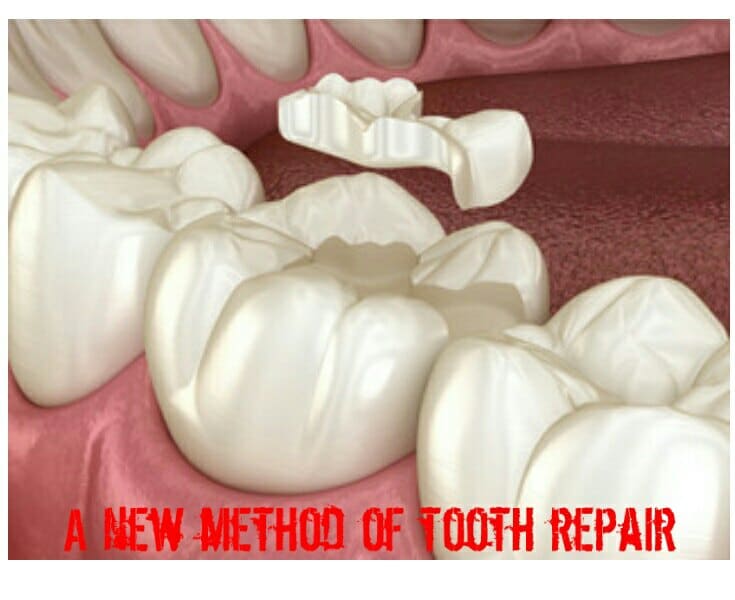Stem cells are responsible for healing your wound, as they grow into specialized cell types in your entire body including your teeth. Today, a national group of scientists has predicted a likely solution to repair a tooth.
August 2019, in Nature Communications, the investigation revealed that a gene called Dlk1 improves stem cell activation and tissue regeneration in the tooth and promote healing and repair tooth. Dr. Bing Hu from the University of Plymouth's Peninsula Dental School was behind the success of the study. Also, other researchers all over the world also contribute to the discovery. with collaboration from researchers worldwide.
READ MORE: Fixing Teeth With Cosmetic Dentistry
The science behind the discovery of a tooth repair
Dr Bing and his crew found a new group of mesenchymal stem cells (the cells make up of the skeletal tissue including bone and muscle stem cells) in a continuously developing mouse incisor model. They revealed that these cells contribute to the formation of tooth dentin, the hard tissue that comprises the body of our tooth. The most interesting part of the discovery is that when the stem cells are activated it sends the signal back to the mother cells of the tissue to control the number of cells generated, through a molecular gene called Dlk1. This document is the first to show that Dlk1 is important for the whole method to work.
Also, the same researchers confirmed that Dlk1 can improve stem cell activation and regenerate the tissue to repair tooth from the wound and heal quickly. This mechanism could provide a novel solution to repair a tooth, and get rid of dental problems like tooth decay and trauma. Although more study is ongoing to fully confirm the findings for the duration and dosage of the clinical treatment, in order to determine the proper treatment duration and dose. These study is still new and is only tested on animal, as Dr Hu explains.
READ MORE: The Best options of antibiotics for toothache? Here is our recommendation.
What the authors say on the new study of tooth repair
The doctor is also a proud member of the University's Institute of Translational and Stratified Medicine (ITSMed). He said that the stem cells are very important tissue that can be used by labs to restore tissues that have been badly injured or lost due to disease—so it's vital to know how they work. "By revealing both the original stem cells of the entire body of the tooth and discovering their vital use of Dlk1 in restoring the tissue, we have taken major steps in understanding stem cell regeneration.
The main study has taken place in the laboratory stage, and more work needs to be done before a human being can use it. The whole study in regenerative medicine was a huge success for the patient in the nearby future. We assume that those researchers will soon provide all the patient with a better time and effective treatments to repair tooth or dental problems that arise as a result of dental caries and trauma.
The full article can be found in Transit Amplifying Cells Coordinate Mouse Incisor Mesenchymal Stem Cell Activation, Nature Communications(2019). DOI: 10.1038/s41467-019-11611-0
Journal information: Nature Communications
Brought to you by University of Plymouth
Source: Medical Xpress/ Date updated: June 16, 2020

Isreal olabanji a dental assistant and public health professionals and has years of experience in assisting the dentist with all sorts of dental issues.
We regularly post timely and trustworthy medical information and news on Fitness, Dental care, Recipes, Child health, obstetrics, and more.
The content is intended to augment, not replace, information provided by your clinician. It is not intended nor implied to be a substitute for professional medical advice. Reading this information does not create or replace a doctor-patient relationship or consultation. If required, please contact your doctor or other health care provider to assist you to interpret any of this information, or in applying the information to your individual needs.






